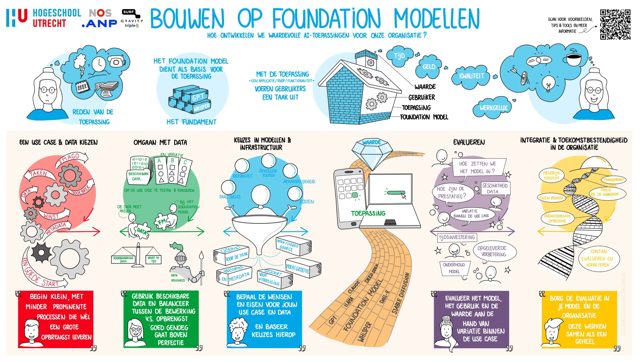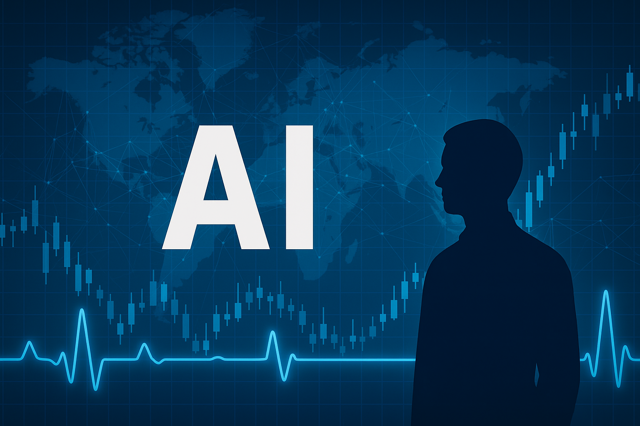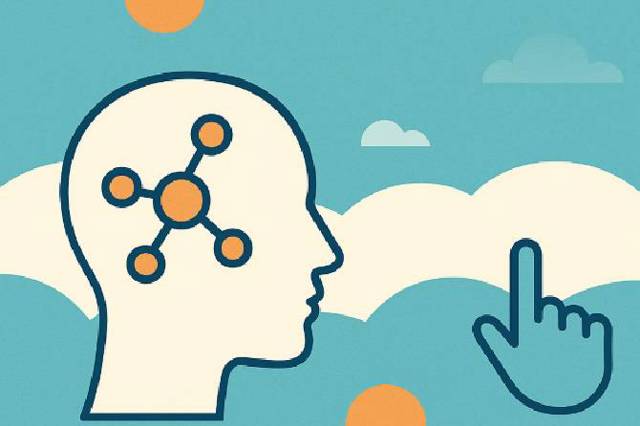< Back to news
Medical images are mainly captured in the hospitals, using expensive imaging devices such as CT or MRI-scanners. Specialists are required operate these devices as well as analyse their output. "Our aim is to use artificial intelligence to develop technologies that allow the use of affordable and/or portable devices such as ultrasound and ultra-low-field MRI," says Amsterdam UMC Professor of Artificial Intelligence and Medical Imaging Ivana Išgum. Išgum is the coordinator of the national consortium implementing the AI4AI project. "Also, our aim is to allow the use of imaging devices by e.g. general practitioners, sonographers and specialist nurses to reduce the need for very highly specialized experts." 


18 December 2023
Amsterdam UMC to use AI to increase the accessibility of medical imaging technology
The demand for acquiring and interpreting medical images is increasing faster than number of medical experts required to operate the medical imaging device and interpret their output. This is leading to an increase in the expert workload and extending waiting lists.
An Amsterdam UMC-led consortium wants to tackle this problem by making imaging technology more accessible. With the help of artificial intelligence, they want to enable less specialized experts to acquire and analyse medical images. To support them in this goal, the Dutch Research Council (NWO) has awarded the AI4AI project a grant of 6.1 million euros.
Medical images are mainly captured in the hospitals, using expensive imaging devices such as CT or MRI-scanners. Specialists are required operate these devices as well as analyse their output. "Our aim is to use artificial intelligence to develop technologies that allow the use of affordable and/or portable devices such as ultrasound and ultra-low-field MRI," says Amsterdam UMC Professor of Artificial Intelligence and Medical Imaging Ivana Išgum. Išgum is the coordinator of the national consortium implementing the AI4AI project. "Also, our aim is to allow the use of imaging devices by e.g. general practitioners, sonographers and specialist nurses to reduce the need for very highly specialized experts."
Less pressure on staff
AI technology can reduce the need for highly specialized experts for operation of medical devices and analysis of medical images, which has the potential to greatly reduce the pressure on personnel and the associated costs" says Išgum, who together with Professor Clarisa Sánchez, leads the interfaculty research group qurAI that focuses on the responsible development of AI in healthcare.
Shortening waiting lists
The increased demand for medical images means that the workload for radiologists and other specialists is increasing enormously. This can lead to burnout symptoms, which in turn affects both the sustainability of care and waiting lists. This means that patients might need to travel further to receive the necessary care. "With this project, we want to contribute to bringing medical imaging closer to patients’ living environment and make it more accessible for patients. In addition, hospital care in developing countries may not always be accessible to everyone. There may also be fewer highly skilled experts available. We also hope to contribute to more accessible healthcare for people in these countries," says Išgum.
Amsterdam UMC Radiologist Nils Planken adds that many fellow radiologists and other medical specialists welcome the support of technology. "AI technology that can support the creation, interpretation and reporting of medical imaging studies has the potential to shorten waiting lists and reduce workload and perhaps also improve quality. The correct use of diagnostics outside the hospital has the potential to prevent patients from being sent to the hospital, or to sending patients to the hospital in an even more targeted way," says Planken.
Applications
AI4AI focuses on many diseases and specialties, such as analysis of stroke and brain tumours, visualization and interpretation of organ tissue perfusion in surgery, quantification of foetal biomarkers to spot abnormalities in the pregnancy, identification of patients requiring invasive coronary artery treatment, identification of patients with heart disease, improvement of the workflow in image-guided radiotherapy, referrals for urgent care, screening and triage of threatening visual disorders, selection of patients eligible for immunotherapy, and improvement of imaging workflow to assess orthopaedic implants.
This article was published on the website of Amsterdam UMC.
© Amsterdam UMC
Vergelijkbaar >
Similar news items

May 29
Building responsibly on foundation models: practical guide by Utrecht University of Applied Sciences and RAAIT
Researchers from RAAIT have published a practical guide for organisations aiming to develop AI applications using foundation models. The guide supports responsible decision-making.
read more >

May 29
SER: Put people first in the implementation of AI at work
In a new advisory report, the Dutch Social and Economic Council (SER) calls for a people-centred approach to AI in the workplace, warning of risks to jobs and social cohesion.
read more >

May 27
🌞 Open Space: AI meets Science Communication – will you take the stage?
Are you working on AI with impact? Wondering how to talk about it with the world? Join us on Thursday 4 July for an open space afternoon on AI & Science Communication, co-organized by Amsterdam AI and NEWS (the Dutch national centre for science & society).
read more >